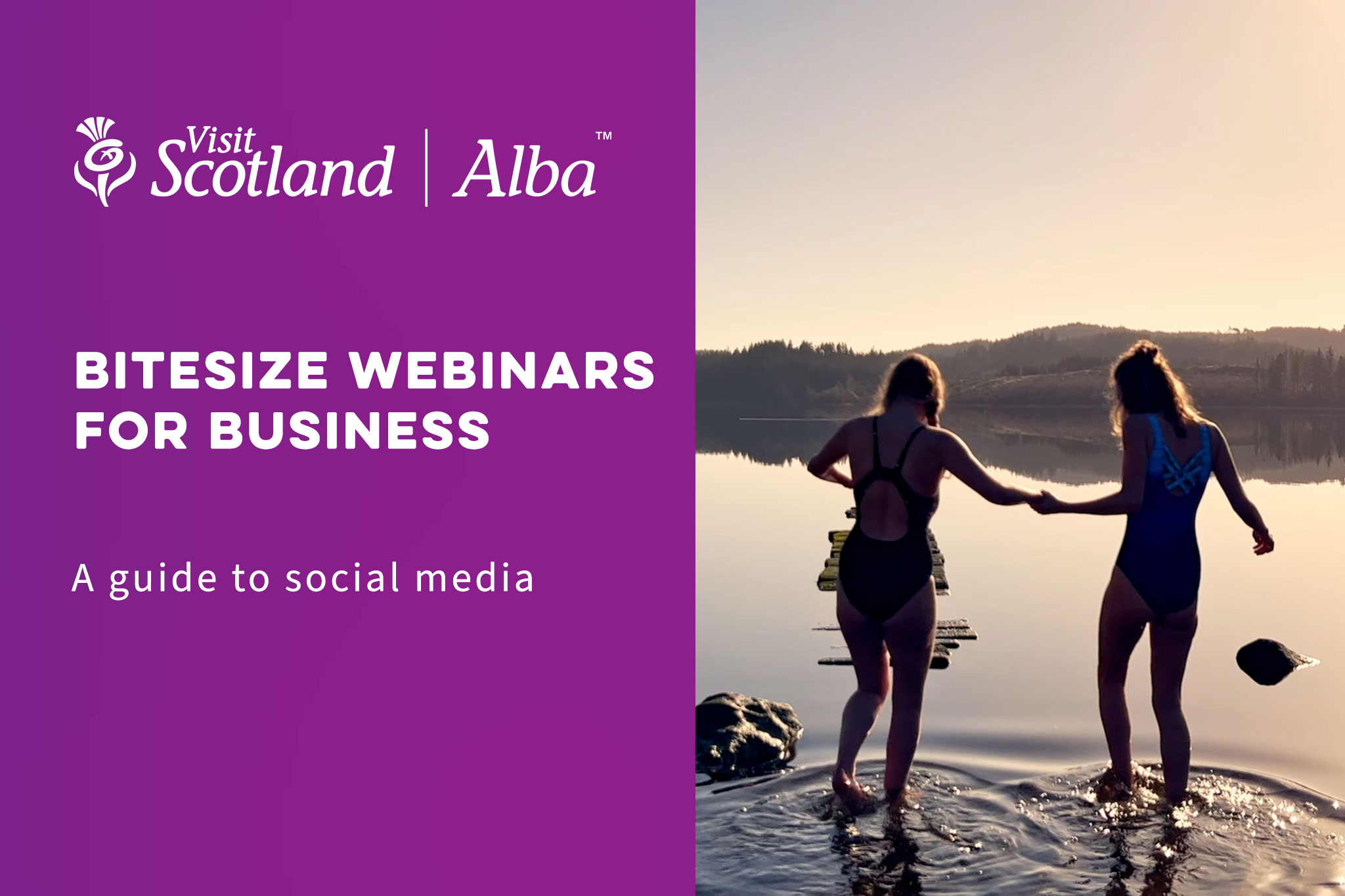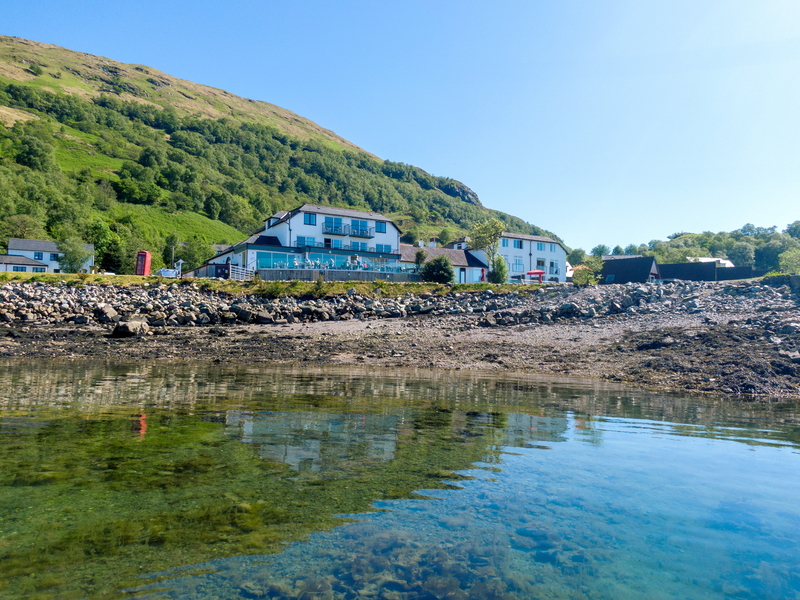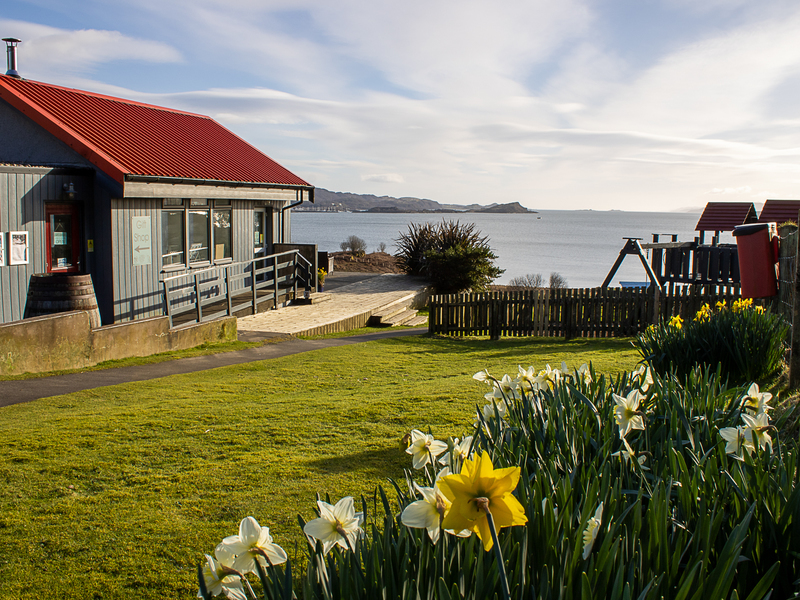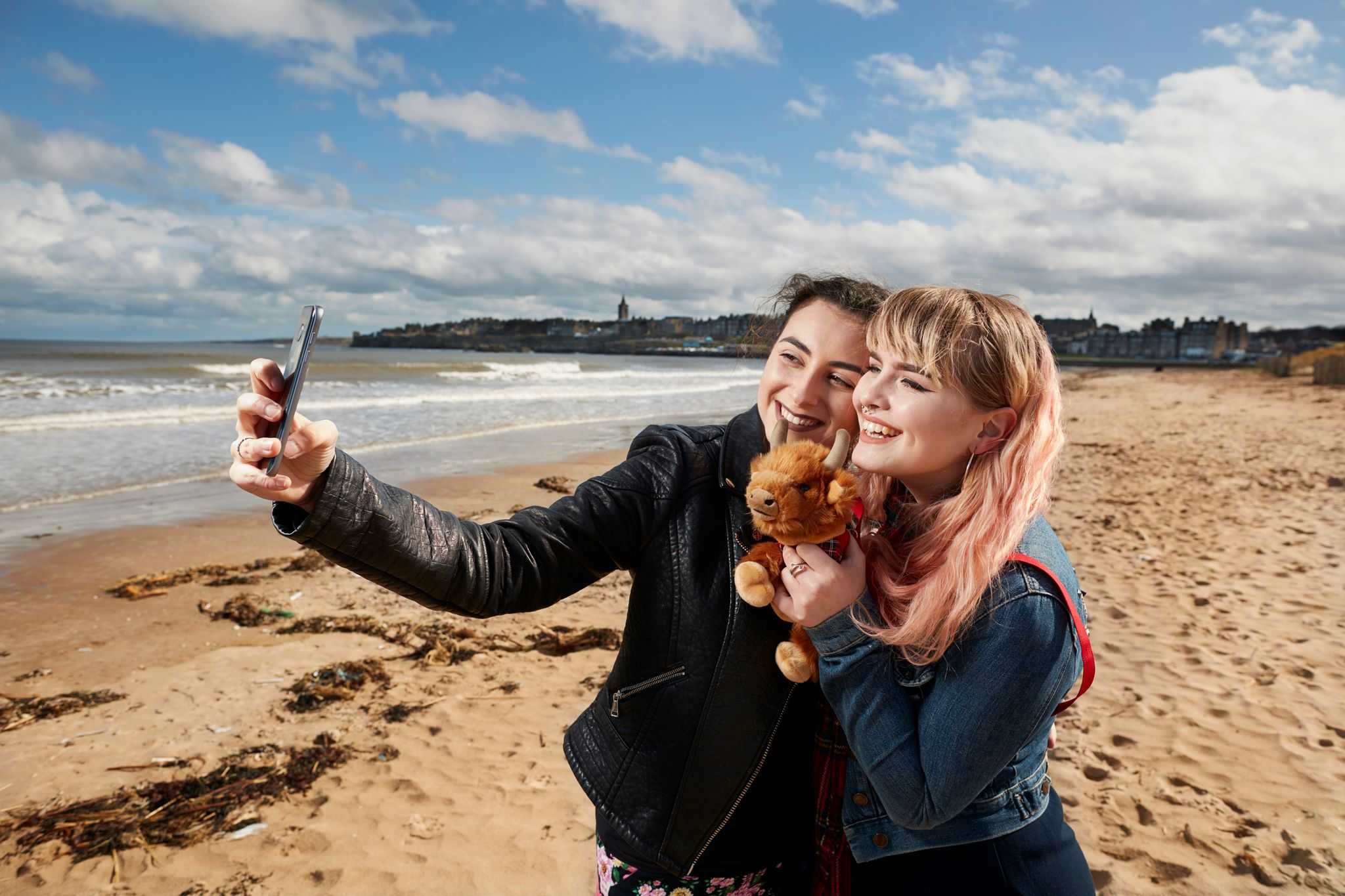South Ronaldsay
© Orkney.com
All social media channels are different, so your approach to each of them should be different as well. With each channel, think about a tailored approach and content plan.
Who will see your content?
You may reach different people with different types of content, so you need to customise your approach.
For example:
Your general “feed” on a platform could be seen by both your followers and non-followers.
Imagine seeing an image or video from your business for the first time. The customer doesn’t know anything about you – they don’t know what you do, or if you’re suitable or interesting to them.
Contrast this with your “stories” on a platform such as Instagram or Facebook.
Stories are more likely to be seen by your existing followers. These are people who know who you are and have chosen to be kept updated on what you’re up to. They are more likely to engage with a sticker, or vote in a poll.
They know all the basic information about you. So what else can you share with them that they’ll find interesting and will keep them engaged?
You need to think about creating content for:
- A cold audience – who you are and what you’re about in a simple and easy-to-digest way, as a stand alone message.
- A warm audience – such as behind the scenes or a day in the life of you or your staff.




